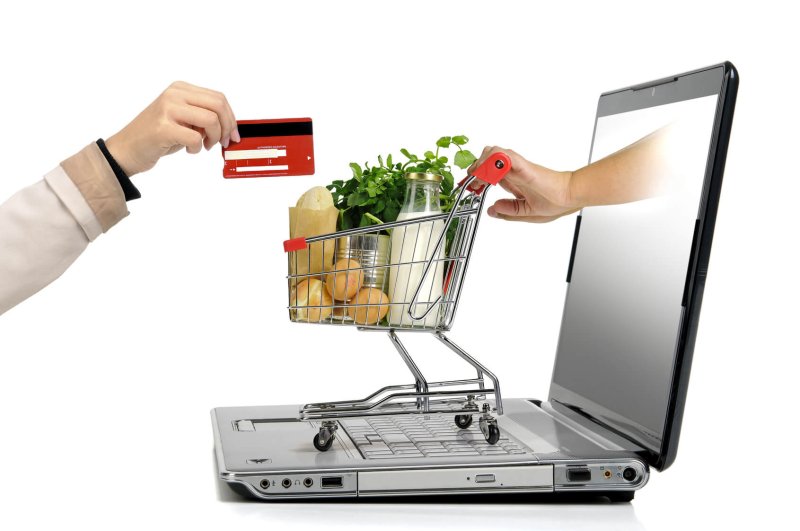A pandemic forcing everyone to stay home could be the perfect moment for online grocery services. In practice, they’ve been struggling to keep up with a surge in orders, highlighting their limited ability to respond to an unprecedented onslaught of demand.
After panic-buying left store shelves stripped of staples like pasta, canned goods and toilet paper, many shoppers quickly found online grocery delivery slots almost impossible to come by, too.
…
The problem for many delivery services is ramping up staff to pick goods in shops and deliver. But for Ocado, a cutting-edge service that relies on warehouse robots, significantly increasing deliveries would mean a big investment in new machinery and warehouses too late to catch the spike in demand.
…
In the US, grocery shopping had only been slowly migrating online, making up 3 percent of the food retail market, according to a [2019] report by Deutsche Bank.
As the crisis hit, delivery orders surged as millions of Americans stayed home. During the week of March 2, even before some cities and states imposed “stay at home” orders, Instacart, Amazon and Walmart grocery delivery sales all jumped by at least two-thirds from the year before, according to Earnest Research.































